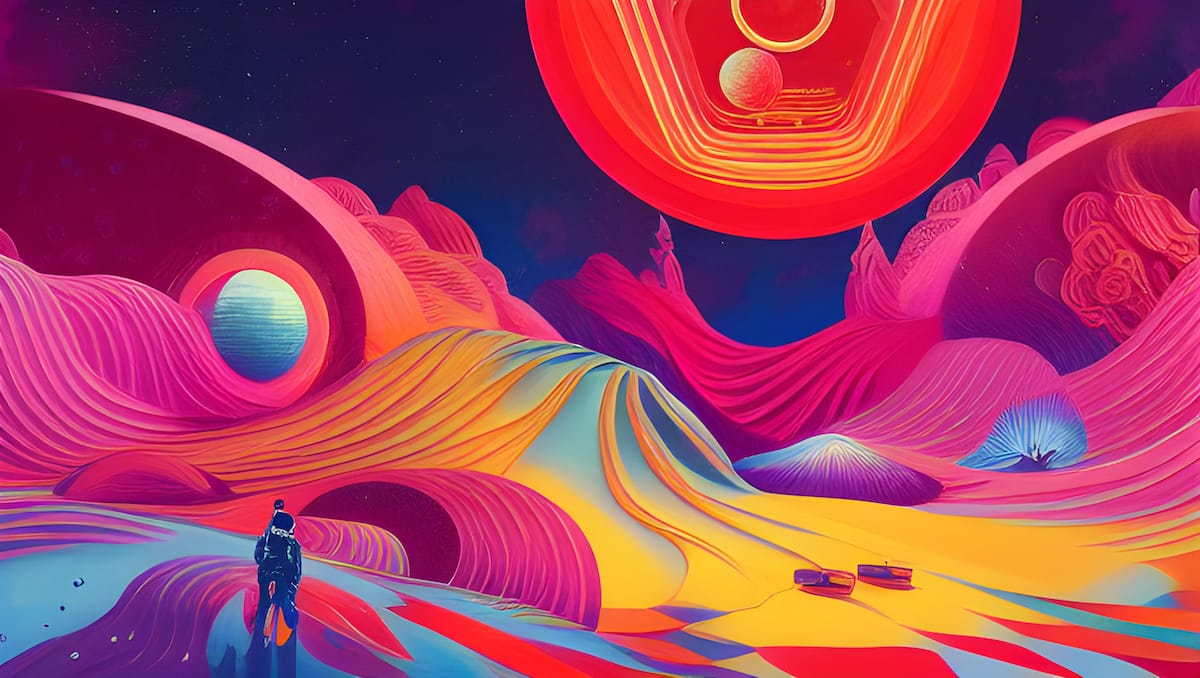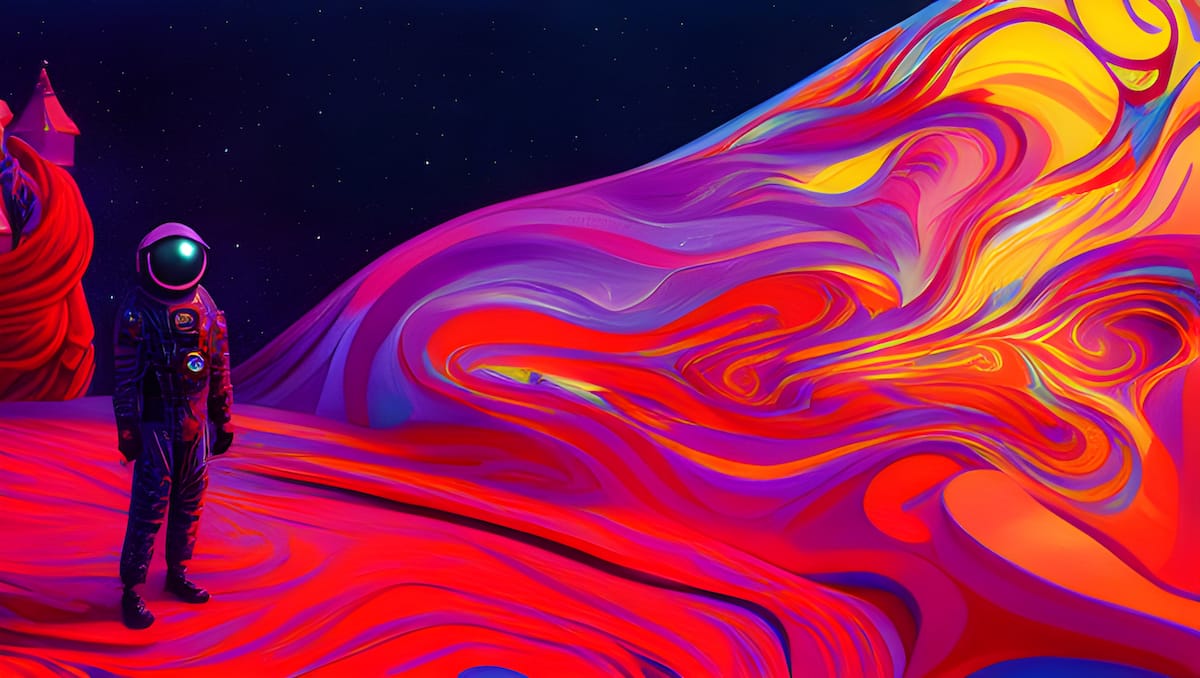Money is still evolving
The move towards Open Money makes sense when viewed as an evolutionary process

In the previous post we talked about how money is information. And if we think about money as data but with certain parameters or rules that make it work, the idea that money is still evolving starts to take shape and make sense.
We covered a similar idea about the evolution of the internet or about how the internet was still incomplete.
You could make the same argument about money — that the idea of money is incomplete and still evolving. The evolution of money and the evolution of the internet are unfolding on vastly different time scales.
People invented the abstraction of money thousands of years ago. It’s a core technology that helped groups of people build societies and then civilizations.
People invented the internet decades ago. It’s a core information technology that has only recently helped groups of people build new kinds of communities and new kinds of culture.
We are starting to see synergistic effects of what happens when these two systems — money and the internet — begin evolving together, despite their different evolutionary timelines.
Specifically, money is going digitally native. We’ve already seen early transitions with new apps and services designed to make the old money system more interoperable with how the network of the internet works. Direct deposit is a good example of this. Apps like PayPal or Venmo are also relevant.
While digitizing old money systems is convenient and leads to new kinds of functionality — like contactless payments — it’s still reliant on the legacy financial system.
The legacy financial system works fine for many use cases and for many people. But it also lacks the efficiencies, scale, and speed made possible by internet-native money, like Open Money. By nature and by design, it also lacks the built-in accessibility and global reach of money built on top of information networks instead of traditional banking rails.
The next phase of monetary evolution, when combined with the internet, will create systems that leverage new kinds of capabilities for both. Ideas like digital identity, digital scarcity, and digital collectibles are now possible because of the combination of internet and money. Payment apps and financial services like credit and lending that don’t require a bank account or a credit card are also now possible.
We no longer have to squint to see the future of internet-native money. AI agents can deploy capital without having to create banking profiles or make trades on our behalf based on preset inputs. Money will function as programmable, networked capital — autonomous, permissionless, and seamlessly integrated with the systems that shape our lives.
This is the promise of Open Money: an evolutionary step forward that doesn’t just digitize currency but transforms it into an adaptable, intelligent, and inherently global system. The foundations are already being laid, and the trajectory is clear — money, like the internet before it, is moving toward its inevitable future as an open, borderless, and fully interoperable network of value.
Recent posts in the Open Money project







